
Product information
Domaine Pierre Usseglio Châteauneuf-du-Pape ‘Reserve des 2 Frères’ 2015
Grenache from Châteauneuf du Pape, Southern Rhône, Rhône Valley, France
$290
Description
Half aged in new and used barriques, 25 percent in new and used demi-muids and the rest in concrete tanks. Opaque ruby. A complex, expansive bouquet evokes ripe dark berries, candied flowers, vanilla and woodsmoke, and a suave Indian spice nuance builds in the glass. Broad and seamless in the mouth, offering deeply concentrated blackberry, cherry cola and violet pastille flavors and a sweetening mocha flourish. Closes extremely long and sappy; smooth, sneaky tannins shape the lush dark fruit.
Josh Raynolds
In stock
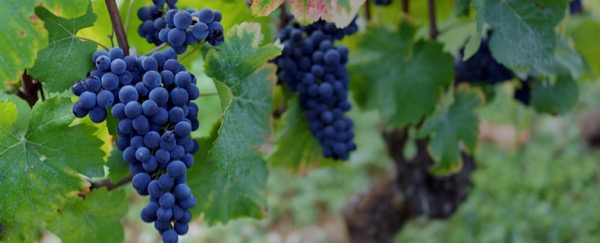



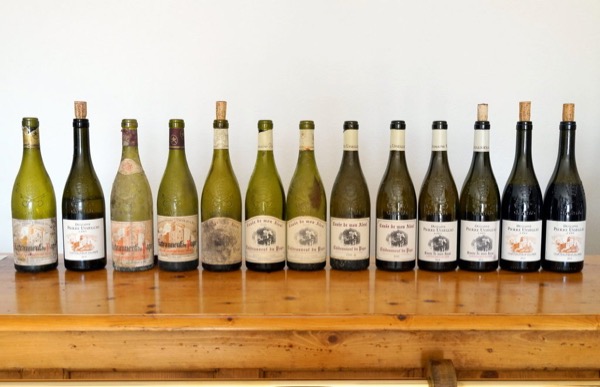
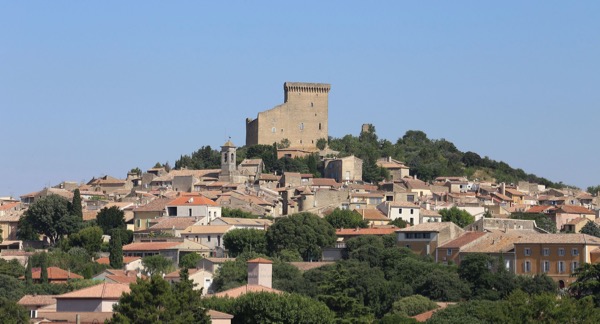
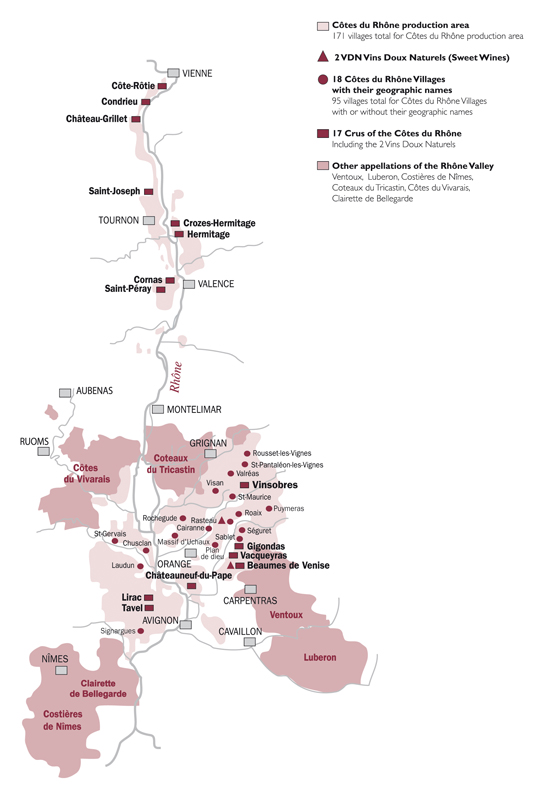
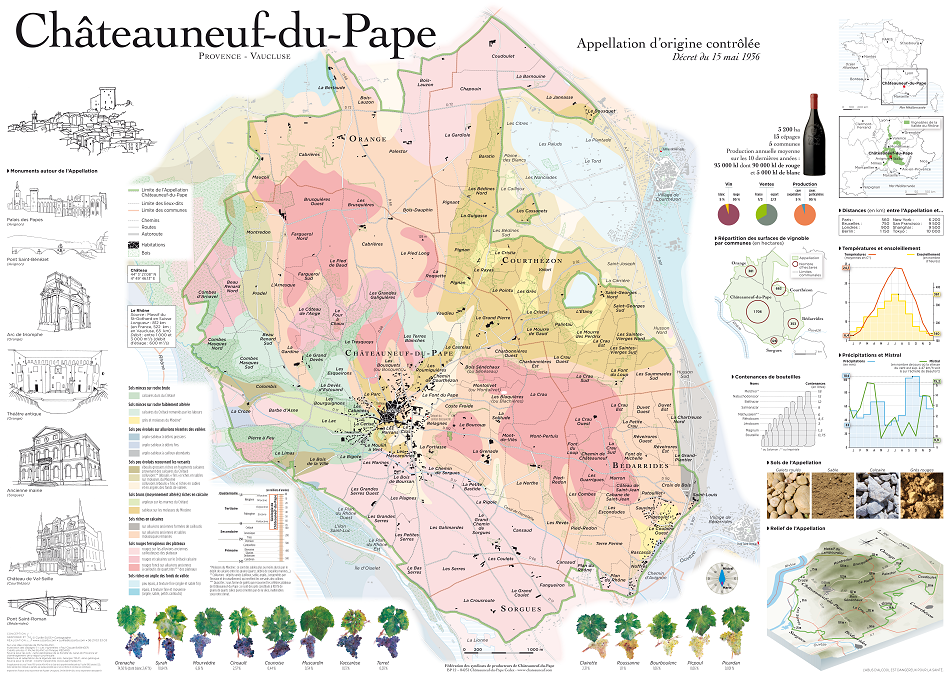
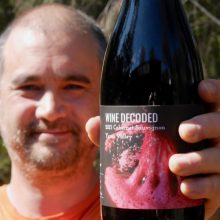
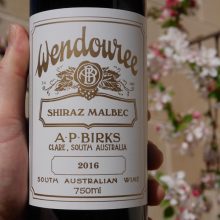
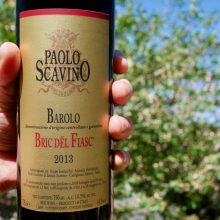
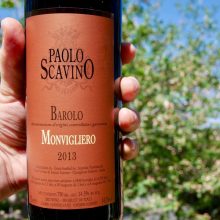
You must be logged in to post a comment.